Graffiti, a form of art born from the streets and often associated with urban decay and youthful rebellion, has steadily climbed the ladder of cultural and artistic recognition. However, the contributions of these early adopters who have gone on to become famous graffiti artists and redefined this art form’s narrative, transforming city walls into vibrant canvases and, in the process, redefined the parameters of art as we know it, which speaks volumes about our society.
Graffiti pioneers like Jean-Michel Basquiat, Banksy, Futura2000, Blek le Rat, Shepard Fairey, Kieth Haring, Lady Pink, and others have taken graffiti from the streets to the galleries and shattered the perception that graffiti is merely a form of vandalism or an indication of societal degeneration dismantling stereotypes and broadening our understanding of art in the process. Their works, steeped in social commentary and aesthetic innovation, have validated graffiti as a form of high art and cultural expression.
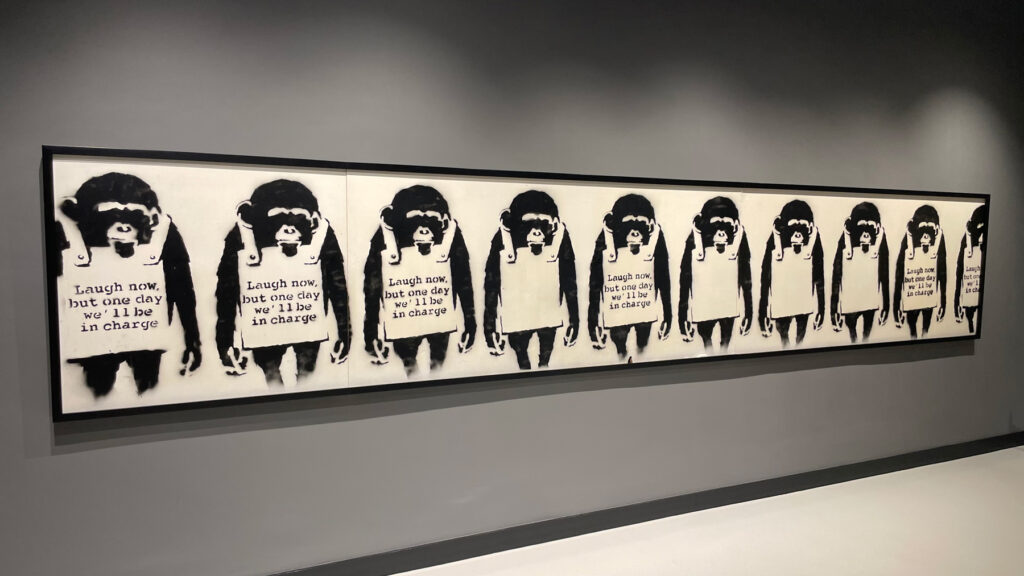
Banksy, the infamous and elusive English graffiti artist, uses his stencilled artworks to critique capitalism, war, and authority. His art appears on walls overnight, its powerful and often satirical messages grabbing attention and sparking dialogue. The fact that a Banksy piece has the potential to send property prices soaring speaks volumes about the transformative power these famous graffiti artists wield.
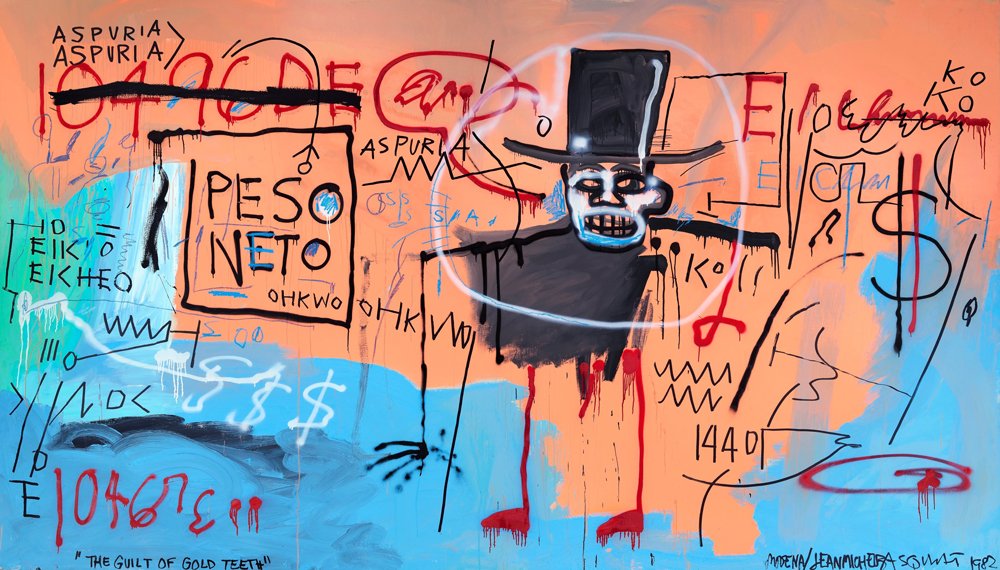
Acrylic, spray paint and oilstick on canvas, 240 x 421,3 cm Nahmad Collection
© Estate of Jean-Michel Basquiat. Licensed by Artestar, New York
Photo: Annik Wetter
Jean-Michel Basquiat began his artistic journey as a graffiti artist under the pseudonym SAMO in the late 1970s. Basquiat’s vibrant, raw, and visceral imagery explored themes of power, race, and poverty. His rise from the streets of New York to the galleries of the global art world serves as a testament to the potential of graffiti as a credible and respected form of artistic expression.
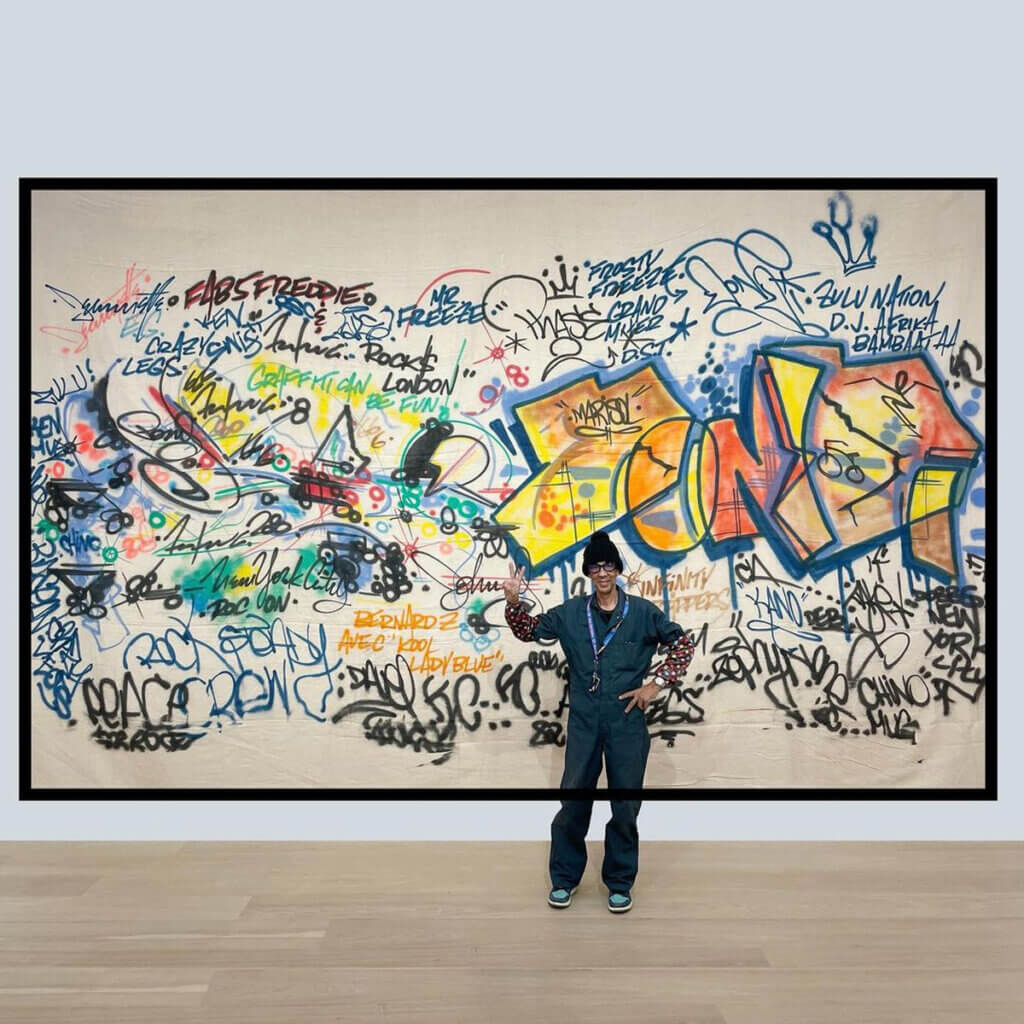
Futura2000, born Leonard Hilton McGurr, is known for his abstract approach to graffiti. He shifted from lettering to abstract shapes and forms, influencing how we perceive and engage with graffiti art today. His work has profoundly impacted street culture, extending into fashion, music, and beyond.
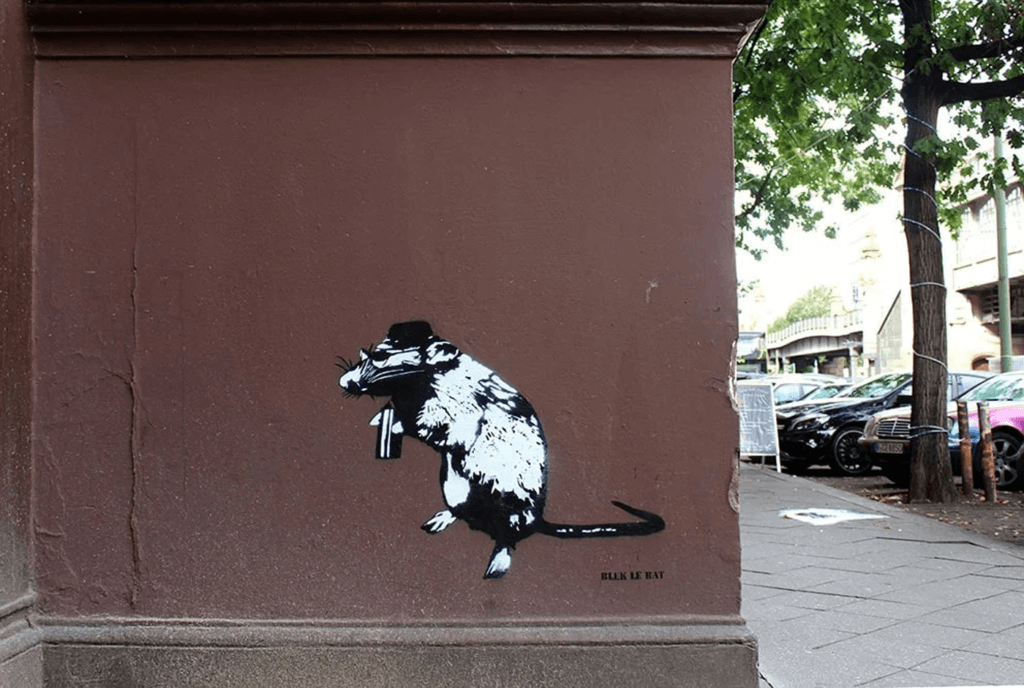
Blek le Rat, often dubbed “the father of stencil graffiti,” revolutionized the medium with his intricate stencil work. His pioneering style provided the blueprint for many famous graffiti artists, including the infamous Banksy. He used the streets of Paris as his canvas, crafting powerful societal and political statements.
One of the first women to break into the male-dominated graffiti world, Lady Pink used her art to address feminism, inequality, and urban life. Her vibrant murals and striking figures are a testament to the power of graffiti to give voice to social causes and marginalized groups.
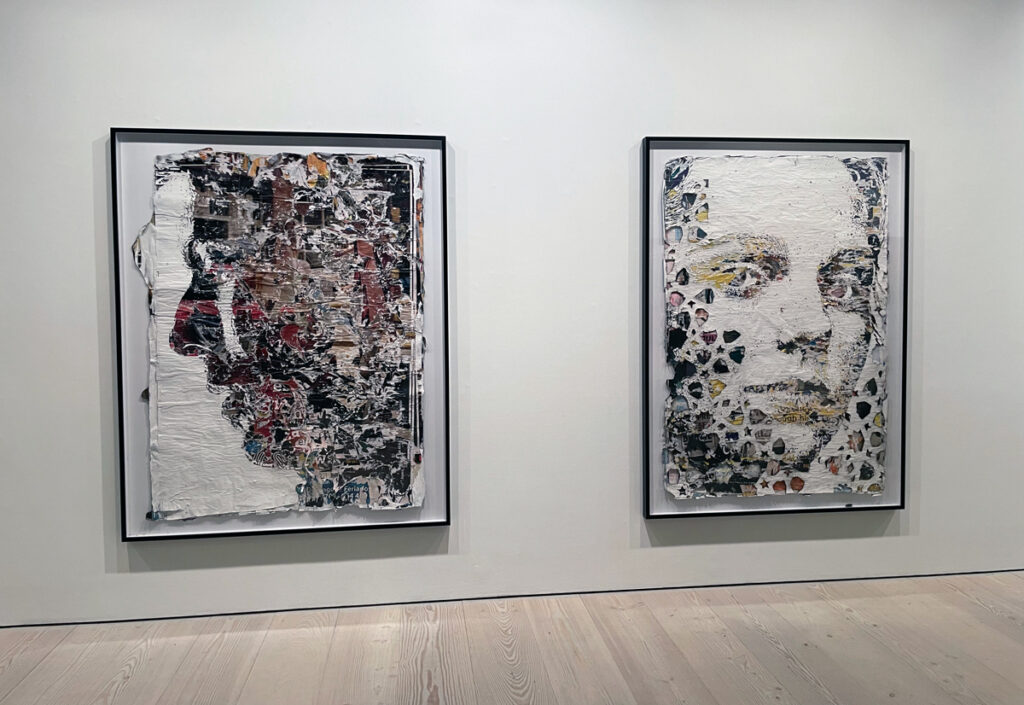
The work of Alexandre Farto, known as Vhils, takes graffiti into the realm of bas-relief. He carves, drills, and etches into plaster and brick, creating dramatic, multi-layered portraits. His technique has expanded the scope of graffiti, proving it’s not just about spray paint.
Shepard Fairey, another of the famous graffiti artists, became a household name after his “Hope” poster for Barack Obama’s 2008 presidential campaign became a cultural icon. His work, just like Banksy’s and Basquiat’s, continues to challenge the status quo and stimulate conversation around critical societal issues.
David Choe‘s distinctive style, characterized by raw and psychologically charged images, has gained him global recognition. His work, often a commentary on desire, degradation, and exaltation, underlines graffiti’s power to express complex human emotions and experiences.
Katsu, known for his audacious stunts and drone graffiti, has pushed the boundaries of what graffiti can be. His work emphasizes the role of technology in shaping and advancing art forms.

Defer, born Alex Kizu, has been instrumental in melding the traditional elements of graffiti with influences from his cultural heritage, creating a unique style that stands out for its intricacy and fluidity.
LA2, or Angel Ortiz, was a collaborator of Keith Haring and played a pivotal role in infusing graffiti with elements of Pop Art. His vibrant, energetic style has left a lasting impact on the graffiti scene. Finally, Keith Haring, a legendary figure in the art world, used his graffiti-inspired drawings to engage with social issues like AIDS, apartheid, and drug addiction. His stylized figures and radiant babies became symbols of activism and change.
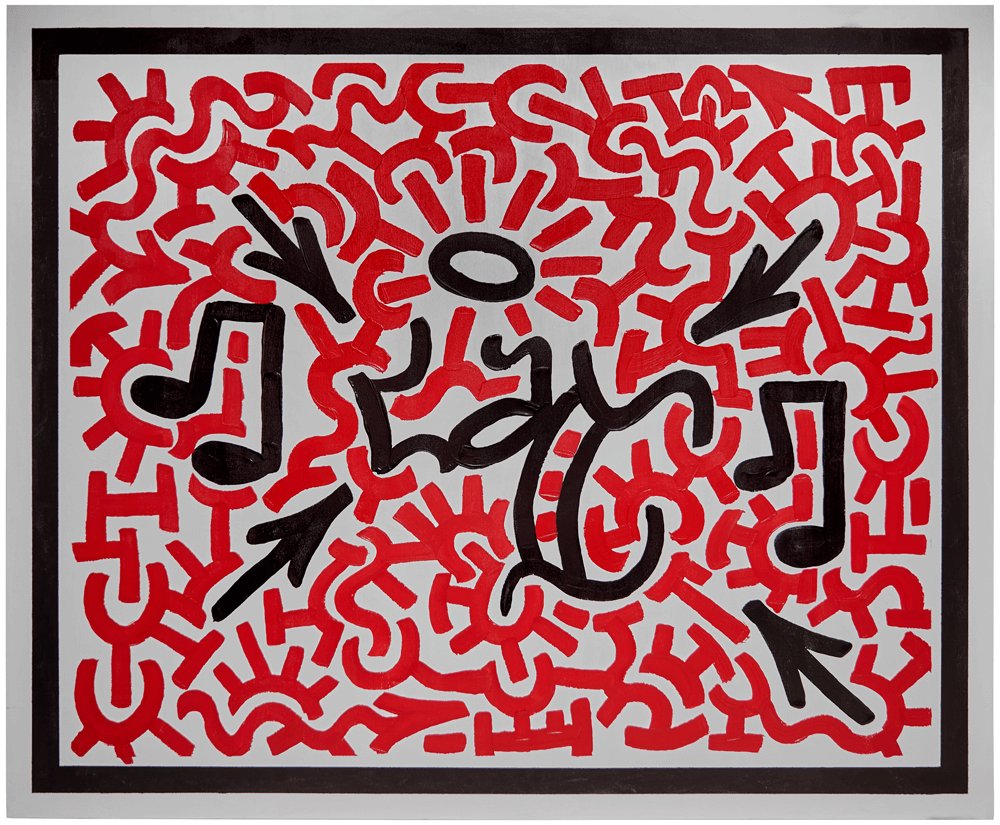
These famous graffiti artists, with their distinct styles and narratives, have collectively legitimized and diversified the art of graffiti. They’ve democratized art, making it a public experience, unconfined by galleries or museums. They’ve proved that the city is a canvas and that art can be found in the unlikeliest of places.
As we witness graffiti’s growth and acceptance in popular culture, it’s essential to appreciate these artists’ contributions. They’ve challenged norms, shaped urban landscapes, and created an enduring dialogue between art and society. Let us remember that these famous graffiti artists are not just vandals. They are commentators, innovators, and revolutionaries who continually redefine our perception of art.





